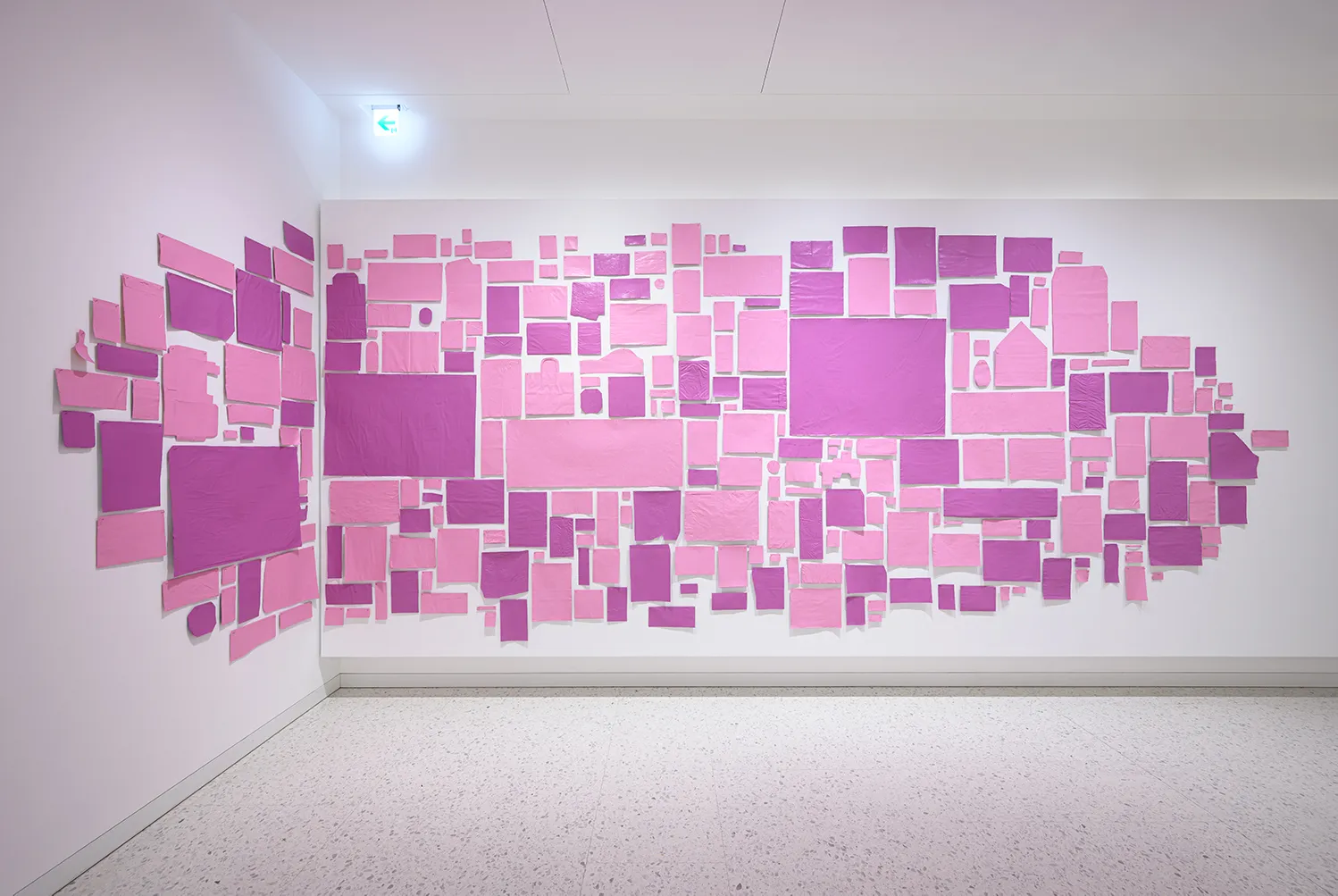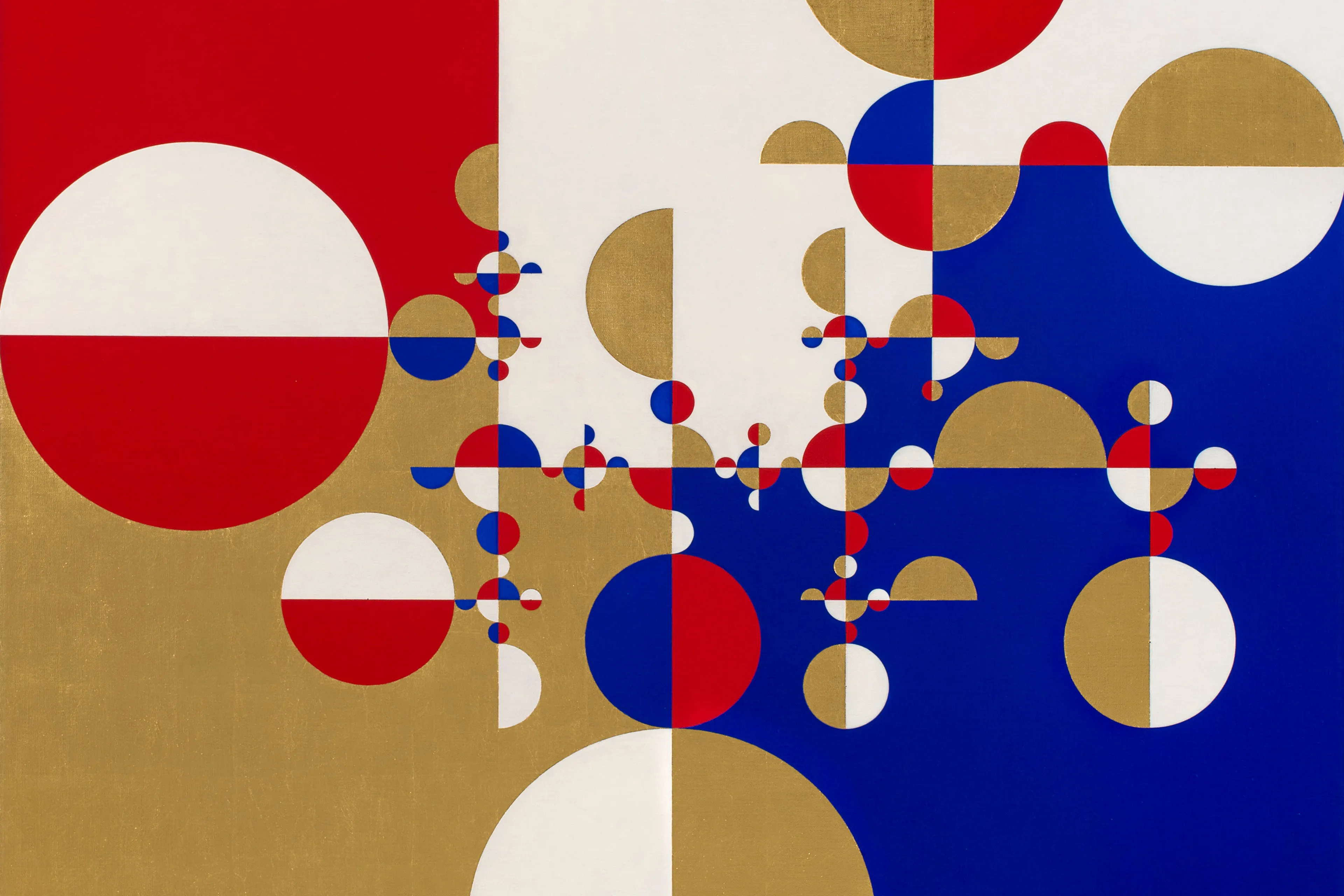
ABRAHAM CRUZVILLEGAS
Locations
WINSING ART PLACE
“Autoconstrucción is about people, communities constructing together, sharing, exchanging. It’s all about togetherness. It’s about being with local communities and learning from local people.” — Abraham Cruzvillegas
In 2015, Tate Modern's Turbine Hall in London featured a large installation composed of 240 wooden pots filled with soil collected from parks and gardens across the city that was illuminated by a number of lamp posts constructed from ready-made materials. This piece, "Empty Lot," was created by Mexican artist Abraham Cruzvillegas on commission from the museum and deals with issues of the city and the environment. Cruzvillegas, who grew up in Ajusco in the south of Mexico, has adopted a creative form that is strongly shaped by his childhood environment and experiences, with an improvisational and ever-changing character that mirrors the historical context of the district. In the 1960s, the Ajusco area was settled by a group of occupiers, including the Cruzvillegas family. Their financial instability, need for shelter and the harsh volcanic conditions of the locality prompted these people to build their own houses without a blueprint. These inhabitants built their homes in stages, in a progressive, collective and organic "absolutely unfinished" construction style that has continued to this day, a philosophy of life that is fully emblematic of the notion of Autoconstrucción (self-construction).
Since 2007, Autoconstrucción has been a central concept in Cruzvillegas' work. For the artist, he is not so much focused on the construction itself as he is drawn to the needs and reasons behind the creation of such forms. It is a form of understanding reality and approaching things in a particular economic, political and social context, and a metaphor for the process of establishing one's own identity. Cruzvillegas also manifests this process in the state or form of the work through the manipulation of various unorthodox materials.
While studying at the National Autonomous University of Mexico, Cruzvillegas participated in Taller de los viernes run by Gabriel Orozco and a group of artists, where they learned from each other by exchanging ideas. In the meantime, the artist debuted his work for the first time. Since around 1987, Cruzvillegas has been working with ready-made materials in his parents' home, and his piece "Objeto útil pero bonito" made in 1992 depicts the trajectory of life in objects by placing a stair railing from his parents' house alongside a painting by his father. He once said, "I did nothing but put them together. I wanted to test my ability to allow things to have a dialogue among themselves, not really making any transformation or using any technique. There's no way of interfering in their relationship besides adding our own voyeuristic gaze and interpretation." In addition to Taller de los viernes, many Mexican muralists, such as José Clemente Orozco, Adolfo Best Maugard, and Fermín Revueltas, all inspired Cruzvillegas' paintings in various ways. The artist's paintings are often intensely humorous and witty, a reference to his early career as a comic book artist, as is evident in the Nuestra imagen actual series, which alludes to socio-political issues. From 1995 to 1997, Cruzvillegas was actively involved in the study of craft techniques in the region of P'urhépecha, Mexico. He specializes in designing and building with local materials, introducing everyday objects into his work without meaning to transform one into the other, but instead the original symbols of the items and sculptures disappear in favor of something else metaphorical. Spanning sculpture, painting, installation, video and performance, Cruzvillegas' creations are closely interwoven with Mexico's geographical and cultural identity, and are linked to a sense of belonging and collective spirit defined by social and historical circumstances.
This exhibition at the Winsing Art Place showcases a series of sculptural installations and paintings by Cruzvillegas. The sculptures, which are reconstituted and stacked from a collection of ready-made objects, reflect the artist's self-constructed concepts accumulated from his upbringing, and the seemingly unfinished state of the works echoes the history and footprint of Mexico's development. The mesh-like Blind self portrait series is a documentary record of Cruzvillegas' life; underneath the colorful paints are the build-up of his life, and the artist has made these objects independent of his own experience, highlighting their individual existence, their independence and freedom. Cruzvillegas' research into paintings is embodied in the Otras rutas series and the mural "Primantropofilia 5," which draw extensive connections to art history, politics and history, using his artworks as a model and the mop as a tool to create a space for the whole body to probe into the critical nature of art language. Cruzvillegas' work involves flux, incompleteness and unpredictability - in other words, the character of his creations is at the same time associated with chance, variability and hope.


.webp)
.webp)
.webp)
.webp)
.webp)
.webp)
.webp)
.webp)
.webp)
.webp)






